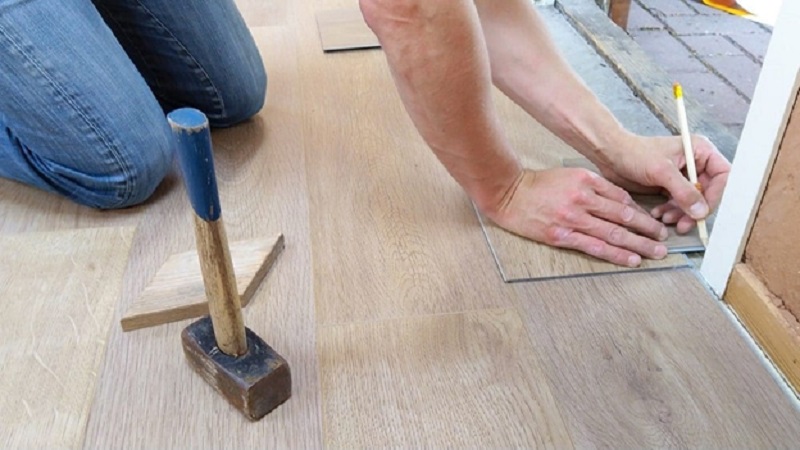Choosing the perfect flooring installation for your home can be a daunting task. With so many options available, it can be challenging to determine which one is best suited for your needs. Some factors to consider when choosing a flooring type include durability, ease of maintenance, style, and budget. Here, we’ll provide you with tips on how to choose the best flooring for your home.
Firstly, you need to consider the durability of the flooring type you want to install. Do you have children or pets? Are you installing the flooring in high-traffic areas? If so, you’ll want to choose a flooring material that can withstand wear and tear. Hardwood, laminate, and luxury vinyl tile are all great options for high-traffic areas.
Secondly, consider the ease of maintenance. Some flooring types require more maintenance than others. For instance, hardwood floors need to be cleaned and polished regularly to maintain their shine. In contrast, carpeting requires more maintenance in the form of vacuuming and professional cleaning. Vinyl and laminate floors are easier to clean and maintain.
Thirdly, consider the style of your home. The flooring you choose should complement your home’s décor. If you have a modern or contemporary home, you may want to choose a flooring type with a sleek, clean look, such as polished concrete or luxury vinyl tile. If your home has a more traditional look, hardwood or natural stone may be a better option.
Can You Install the Flooring Yourself? Here’s What You Need to Know.
Installing flooring yourself can be a great way to save money and learn a new skill. However, it’s important to know what you’re getting into before you start. Here are some things you need to know before you attempt to install flooring yourself.
Firstly, you need to determine the type of flooring you want to install and whether it’s suitable for DIY installation. Some flooring types, such as hardwood or natural stone, are more difficult to install and may require professional installation. However, vinyl and laminate flooring are easier to install and can be done by a DIYer with the right tools and some basic knowledge.
Secondly, you need to prepare the surface on which you’ll be installing the flooring. This includes ensuring that the surface is level, clean, and free of debris. If the surface isn’t level, you may need to use a self-leveling compound to create a smooth surface.
Is It Time to Replace Your Flooring? Here Are the Signs to Look Out For.
Over time, flooring can become worn, faded, or damaged. This can make your home look less attractive and can even be a safety hazard. Here are some signs that it may be time to replace your flooring.
Firstly, if your flooring is worn or faded, it may be time to replace it. This is especially true if the flooring is in high-traffic areas and has been subjected to a lot of wear and tear. Finally, consider your budget. Flooring costs can vary widely, with hardwood floors being the most expensive and carpeting being the least expensive. However, it’s important to remember that the initial cost of the flooring is just one factor to consider. You should also consider the cost of maintenance and replacement over time.





